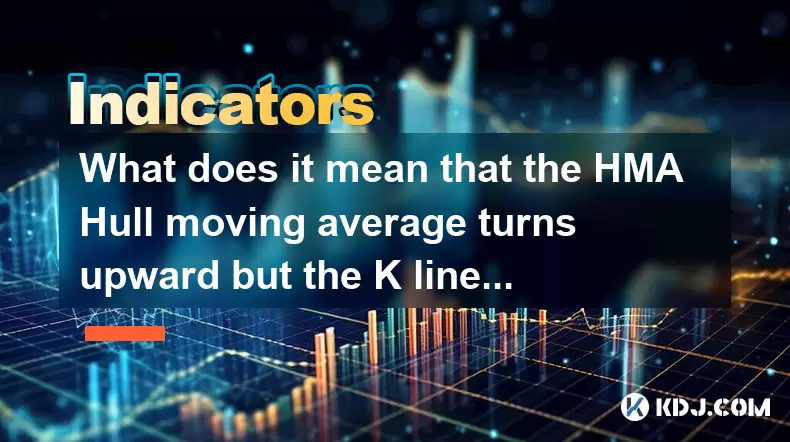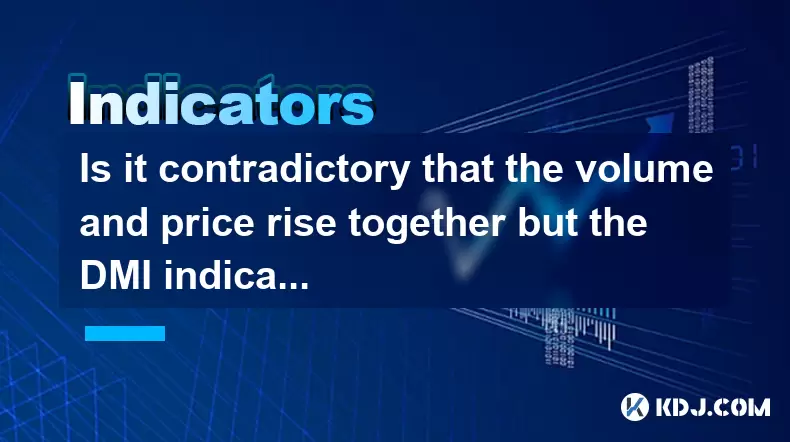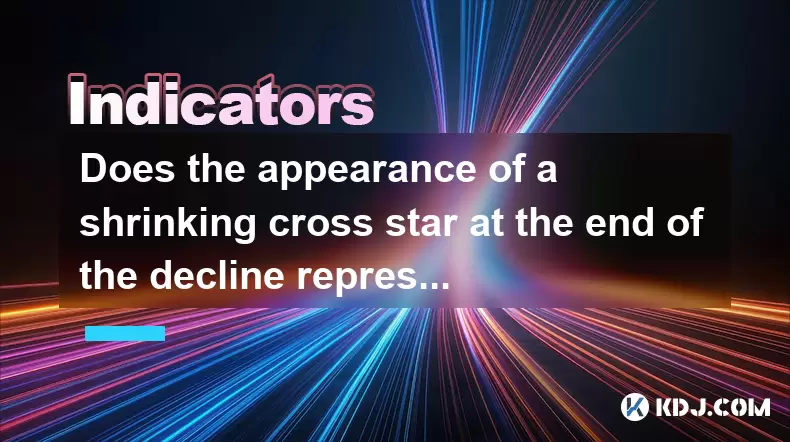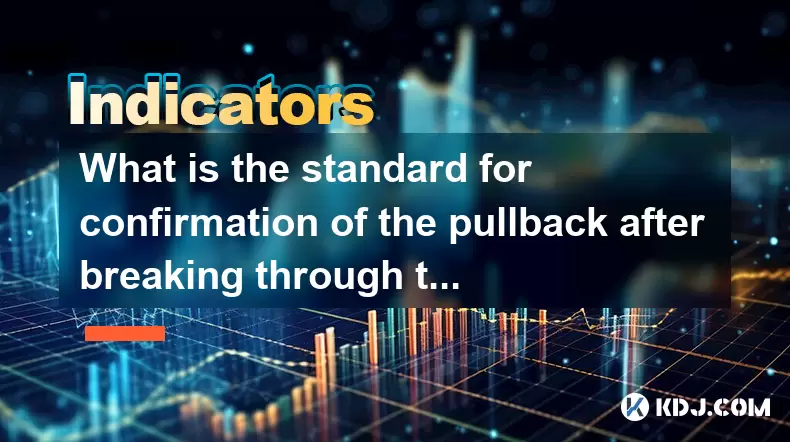-
 Bitcoin
Bitcoin $101,898.5005
-0.75% -
 Ethereum
Ethereum $2,258.1125
-1.07% -
 Tether USDt
Tether USDt $1.0004
0.01% -
 XRP
XRP $2.0178
-2.93% -
 BNB
BNB $624.0243
-1.53% -
 Solana
Solana $134.3298
-0.90% -
 USDC
USDC $0.9999
0.01% -
 TRON
TRON $0.2675
-2.05% -
 Dogecoin
Dogecoin $0.1538
-1.96% -
 Cardano
Cardano $0.5482
-1.11% -
 Hyperliquid
Hyperliquid $35.5636
5.45% -
 Bitcoin Cash
Bitcoin Cash $453.4902
-1.66% -
 Sui
Sui $2.5134
-2.97% -
 UNUS SED LEO
UNUS SED LEO $9.1292
1.77% -
 Chainlink
Chainlink $11.8457
-1.60% -
 Stellar
Stellar $0.2312
-2.73% -
 Avalanche
Avalanche $16.9721
0.29% -
 Toncoin
Toncoin $2.7549
-3.82% -
 Shiba Inu
Shiba Inu $0.0...01081
-1.10% -
 Litecoin
Litecoin $80.8250
-0.71% -
 Hedera
Hedera $0.1374
0.21% -
 Monero
Monero $305.4827
-2.36% -
 Ethena USDe
Ethena USDe $1.0006
0.00% -
 Dai
Dai $1.0000
-0.01% -
 Polkadot
Polkadot $3.2085
-3.12% -
 Bitget Token
Bitget Token $4.0845
-3.13% -
 Uniswap
Uniswap $6.3353
-1.63% -
 Pi
Pi $0.5085
-0.70% -
 Pepe
Pepe $0.0...08913
-3.82% -
 Aave
Aave $232.7090
-0.58%
What does it mean that the HMA Hull moving average turns upward but the K line does not follow? Is it a false breakthrough?
When the HMA turns upward but the K line remains flat or declines, it signals potential divergence, suggesting weak buying pressure despite bullish momentum.
Jun 23, 2025 at 11:14 am

Understanding the HMA Hull Moving Average
The Hull Moving Average (HMA) is a type of technical indicator designed to reduce lag and provide smoother price signals compared to traditional moving averages like the Simple Moving Average (SMA) or Exponential Moving Average (EMA). Developed by Alan Hull, this indicator calculates weighted averages across different periods and then applies a square root of the period to further smooth the data. When the HMA turns upward, it typically suggests that short-term momentum may be shifting in favor of buyers.
In the context of cryptocurrency trading, where volatility can lead to rapid trend reversals, the HMA turning upward often acts as an early signal for traders to consider entering long positions or closing shorts. However, this signal gains credibility only when corroborated by other indicators or price action. If the K line (price bar or candlestick) does not follow the direction indicated by the HMA, it raises concerns about the validity of the signal.
What Is the K Line and Why Does It Matter?
The K line, commonly known as the candlestick chart, visually represents the open, high, low, and close prices over a specific time frame. Each candlestick tells a story about market sentiment — whether bulls or bears are in control. In crypto markets, where emotional trading is common, candlesticks can often mislead inexperienced traders due to sudden spikes or fakeouts.
When the HMA turns upward but the K line remains flat or declines, it creates a divergence between the momentum signal and actual price behavior. This mismatch may suggest that although the average price movement appears bullish, real-time buying pressure is insufficient to push the price higher. Traders should interpret this situation with caution, especially if volume also fails to confirm the HMA's positive shift.
Why the Discrepancy Occurs: Divergence Between Indicators
Divergence occurs when two indicators or an indicator and price move in opposite directions. In this case, the HMA indicates a potential bullish trend, while the K line shows no corresponding rise in price. Several reasons might explain this phenomenon:
- The momentum behind the uptrend is weak, meaning there isn't enough buying activity to sustain higher prices.
- Market participants might be taking profits or selling into strength, which prevents the price from rising despite improved average readings.
- Short-term traders using algorithmic systems could be manipulating the HMA reading without affecting the actual candlestick pattern significantly.
This kind of divergence is not uncommon in highly volatile assets like cryptocurrencies. For example, Bitcoin or Ethereum may show a temporary upward tilt in the HMA during consolidation phases, even though the broader market remains range-bound.
Is It a False Breakout or Fake Signal?
A false breakout, sometimes called a fake signal, happens when the price moves above or below a key level but quickly reverses, trapping traders who entered based on that move. Similarly, if the HMA turns upward prematurely, and the K line doesn’t confirm, it can act like a false breakout in terms of misleading traders.
Here’s how to assess whether it’s a false signal:
- Check the volume accompanying the HMA shift. If volume is low, the move lacks conviction.
- Look at support/resistance levels nearby. If the price is approaching a strong resistance zone and the HMA turns up but the K line stalls, it may indicate rejection.
- Observe other confirming indicators, such as RSI or MACD. If they don’t align with the HMA, the likelihood of a false signal increases.
In fast-moving crypto pairs like ETH/USDT or SOL/USD, these false signals can occur frequently, especially during sideways markets or ahead of major news events.
How to Trade This Scenario: Practical Steps
If you observe the HMA turning upward but the K line not following, here are actionable steps to take:
- Do not enter trades solely based on HMA movement. Wait for confirmation from other tools or candlestick patterns.
- Use trendlines or support/resistance zones to determine whether the price is likely to break out or reverse.
- Monitor trading volume closely. A genuine breakout usually comes with increased volume.
- Consider placing stop-loss orders below recent swing lows if you decide to trade based on delayed confirmation.
- Combine HMA with oscillators like RSI or Stochastic to filter out false signals and avoid premature entries.
For instance, if BTC/USDT shows a rising HMA but the K line continues forming bearish candles near a critical resistance level, it might be wise to hold off until a clear breakout or reversal candlestick appears.
Frequently Asked Questions
Q1: Can the HMA be used alone for trading decisions in crypto markets?
No, the HMA should not be used in isolation. It works best when combined with volume analysis, candlestick patterns, and other indicators like RSI or MACD to increase accuracy and avoid false signals.
Q2: How does the HMA differ from EMA or SMA in detecting trend changes?
The HMA reduces lag more effectively than EMA or SMA by applying a weighted calculation and smoothing mechanism. This allows it to react faster to price changes, making it more responsive in volatile crypto markets.
Q3: What timeframe is best suited for analyzing HMA and K line divergence?
Shorter timeframes like 5-minute or 15-minute charts can produce more noise, while 1-hour and 4-hour charts tend to offer clearer divergence signals. Day traders may prefer 15-minute intervals, whereas swing traders rely on 4-hour or daily charts.
Q4: How can I visually identify divergence between HMA and K line?
Plot the HMA on your chart alongside the candlesticks. Watch for instances where the HMA starts rising or falling independently of the K line. Using color-coded HMA lines (e.g., green for rising, red for falling) can help spot divergence more easily.
Disclaimer:info@kdj.com
The information provided is not trading advice. kdj.com does not assume any responsibility for any investments made based on the information provided in this article. Cryptocurrencies are highly volatile and it is highly recommended that you invest with caution after thorough research!
If you believe that the content used on this website infringes your copyright, please contact us immediately (info@kdj.com) and we will delete it promptly.
- VanEck, Pudgy Penguins, and Nasdaq: A New York Minute on Crypto's Big Moves
- 2025-06-24 01:05:12
- Ripplecoin Cloud Mining: Earn Daily Crypto Rewards?
- 2025-06-24 00:25:13
- SEI Price Prediction: Crypto Analyst Sees Potential Jump to $0.30!
- 2025-06-24 01:05:12
- Dogecoin, Cardano, and Crypto Security: Navigating the Wild West
- 2025-06-24 00:45:12
- Dogecoin Price Analysis and Ozak AI: Riding the Crypto Wave in Style
- 2025-06-24 00:45:12
- Neo Pepe Presale: The Next Big Meme Coin?
- 2025-06-24 00:32:08
Related knowledge

How to interpret that the time-sharing chart shows "volume and price rise together" but the MACD red column shortens?
Jun 24,2025 at 01:08am
Understanding the Concept of 'Volume and Price Rise Together'In cryptocurrency trading, when a time-sharing chart shows that both volume and price rise together, it is typically interpreted as a sign of strong buying pressure. This means more traders are entering long positions, pushing the price higher while increasing the trading volume. This phenomen...

Is it contradictory that the moving average system is arranged in a bullish pattern but the DMI shows a decline in trend strength?
Jun 23,2025 at 11:43pm
Understanding the Moving Average and DMI RelationshipIn cryptocurrency trading, technical analysis plays a crucial role in identifying potential trends and making informed decisions. Two of the most commonly used indicators are the Moving Average (MA) and the Directional Movement Index (DMI). While both tools aim to provide insight into market direction...

What is the significance of the gap formed by the gap opening not being filled within five days?
Jun 23,2025 at 09:42pm
Understanding Gaps in Cryptocurrency TradingIn the world of cryptocurrency trading, a gap refers to a situation where the price of an asset jumps from one level to another without any trading activity occurring between those two levels. This often happens over weekends or holidays when the market is closed, and significant news or events occur that impa...

Is it contradictory that the volume and price rise together but the DMI indicator shows that the trend strength decreases?
Jun 24,2025 at 01:00am
Understanding the Relationship Between Volume, Price, and DMIIn the world of cryptocurrency trading, it is common for traders to analyze multiple indicators simultaneously to form a comprehensive view of market conditions. Volume and price are two of the most basic and widely used metrics in technical analysis. When both volume and price rise together, ...

Does the appearance of a shrinking cross star at the end of the decline represent a signal to stop the decline?
Jun 24,2025 at 12:14am
Understanding the Shrinking Cross Star PatternIn the world of cryptocurrency trading, candlestick patterns play a crucial role in technical analysis. One such pattern is the shrinking cross star, which often appears at the end of a downtrend. This pattern consists of a candle with a small body, typically appearing after a series of bearish candles, and ...

What is the standard for confirmation of the pullback after breaking through the neckline with large volume?
Jun 23,2025 at 11:28pm
Understanding the Neckline in Technical AnalysisIn technical analysis, the neckline is a critical support or resistance level that appears in chart patterns such as head and shoulders, double tops, and double bottoms. It typically connects two or more lows (in the case of a head and shoulders top) or highs (in the case of a head and shoulders bottom). W...

How to interpret that the time-sharing chart shows "volume and price rise together" but the MACD red column shortens?
Jun 24,2025 at 01:08am
Understanding the Concept of 'Volume and Price Rise Together'In cryptocurrency trading, when a time-sharing chart shows that both volume and price rise together, it is typically interpreted as a sign of strong buying pressure. This means more traders are entering long positions, pushing the price higher while increasing the trading volume. This phenomen...

Is it contradictory that the moving average system is arranged in a bullish pattern but the DMI shows a decline in trend strength?
Jun 23,2025 at 11:43pm
Understanding the Moving Average and DMI RelationshipIn cryptocurrency trading, technical analysis plays a crucial role in identifying potential trends and making informed decisions. Two of the most commonly used indicators are the Moving Average (MA) and the Directional Movement Index (DMI). While both tools aim to provide insight into market direction...

What is the significance of the gap formed by the gap opening not being filled within five days?
Jun 23,2025 at 09:42pm
Understanding Gaps in Cryptocurrency TradingIn the world of cryptocurrency trading, a gap refers to a situation where the price of an asset jumps from one level to another without any trading activity occurring between those two levels. This often happens over weekends or holidays when the market is closed, and significant news or events occur that impa...

Is it contradictory that the volume and price rise together but the DMI indicator shows that the trend strength decreases?
Jun 24,2025 at 01:00am
Understanding the Relationship Between Volume, Price, and DMIIn the world of cryptocurrency trading, it is common for traders to analyze multiple indicators simultaneously to form a comprehensive view of market conditions. Volume and price are two of the most basic and widely used metrics in technical analysis. When both volume and price rise together, ...

Does the appearance of a shrinking cross star at the end of the decline represent a signal to stop the decline?
Jun 24,2025 at 12:14am
Understanding the Shrinking Cross Star PatternIn the world of cryptocurrency trading, candlestick patterns play a crucial role in technical analysis. One such pattern is the shrinking cross star, which often appears at the end of a downtrend. This pattern consists of a candle with a small body, typically appearing after a series of bearish candles, and ...

What is the standard for confirmation of the pullback after breaking through the neckline with large volume?
Jun 23,2025 at 11:28pm
Understanding the Neckline in Technical AnalysisIn technical analysis, the neckline is a critical support or resistance level that appears in chart patterns such as head and shoulders, double tops, and double bottoms. It typically connects two or more lows (in the case of a head and shoulders top) or highs (in the case of a head and shoulders bottom). W...
See all articles
























































































